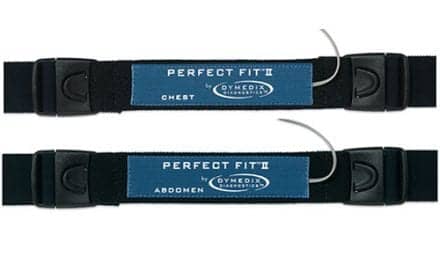An agency panel proposed revisions to premarket guidelines for evaluating pulse oximeter performance in order to eliminate racial bias and improve accuracy across various skin pigments.
The US FDA’s Anesthesiology and Respiratory Therapy Devices Panel of the Medical Devices Advisory Committee held a virtual public meeting on February 2, 2024 to discuss new approaches for evaluating pulse oximeter performance, focusing on accuracy across various skin pigments and racial and ethnic groups. The FDA convened a comprehensive panel of over a dozen physicians, researchers, and technology experts covering a range of healthcare specialties.
During the meeting, the FDA revealed proposed changes to premarket studies of pulse oximeters to include more diverse skin pigmentations, proposed new methods to evaluate device efficacy, and questioned whether over-the-counter devices should meet the same standards as prescription medical-grade oximeters, and how to label such devices for the public.1

The meeting was called in response to a wave of recent evidence that pulse oximeters are less accurate or effective in measuring the blood oxygen of people with darker skin pigmentations.
For instance, a study of critical care patients found 11.7% of Black patients had low blood oxygen levels despite a normal pulse oximeter reading, compared to 3.6% of white patients.2
Another study found Asian, Black, and Hispanic patients in the ICU received less supplemental oxygen than white patients, and this finding was associated with differences in pulse oximeter performance.3
A 2022 literature review concluded “growing evidence that pulse oximeters are less accurate in dark-skinned individuals at lower saturation (<80%) resulting in overestimations.”4 (Additional studies included in FDA premeeting report.4)

Key Discussion Areas
Premarket Studies
Existing FDA premarket guidance for developers of pulse oximeters (issued in 2013), recommends that studies have “a range of skin pigmentation” represented, including at least two “darkly pigmented subjects or 15% of the study group,” whichever is larger.4
At the meeting, the FDA proposed a new, two-tiered pigmentation evaluation that utilizes a combination of subjective assessment via the Monk Skin Tone (MST) scale (see image above) and objective assessment via the Individual Typology Angle (ITA), which incorporates melatonin levels measured at the index finger.1 In addition, the agency proposed a new minimum of 24 patients per study representing all of the 10 skin tones outlined by the MST scale (≥1 subject or ≥15% per each tone), as compared to a minimum of 10 study participants in the 2013 guidelines.1 The panel’s reaction to these proposals was mixed, with many expressing caution that the proposed number (24) of subjects may not be a large enough representation to ensure device accuracy across all skin pigmentations.1 The consensus was that the MST scale is more inclusive than the current Fitzpatrick Skin Type Scale, but some expressed concerns that sampling MST via the forehead is not where adults or children will actually be measured for SpO2 with oximeters.1
Performance Measurement
The FDA proposed a new definition for the nondisparate performance of pulse oximeters. The agency suggested that the estimate of the absolute difference in SpO2 bias across ITA and MST levels be < 1.5% when SaO2 > 85%, and < 3.5% when 70% < SaO2 ≤ 85%.1
OTC Devices, Labeling
Panelists also concurred that pulse oximeters available for over-the-counter consumer use should meet the same premarket clinical trial design and nondisparate performance definitions of prescription-only devices.1 As it pertained to OTC device labels, panelists recommended simple, clear language that identifies the device as meeting or not meeting medical grade standards.1
References
- FDA. https://www.youtube.com/watch?v=PoYhjFgscjg
- NEJM. https://www.nejm.org/doi/full/10.1056/nejmc2029240
- JAMA Int Med. https://jamanetwork.com/journals/jamainternalmedicine/article-abstract/2794196
- FDA. https://www.fda.gov/media/175828/download










